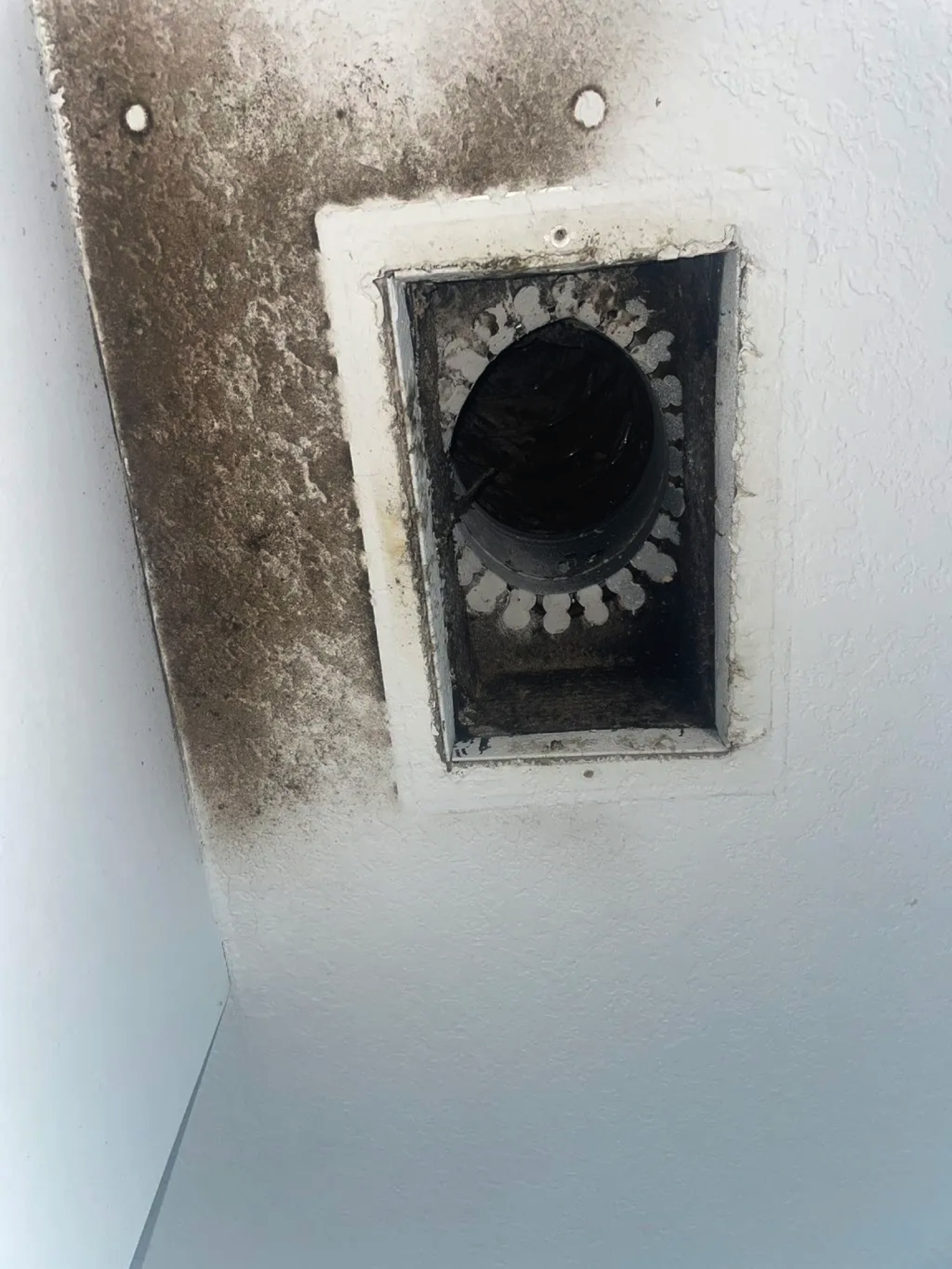What Are the Risks of Not Cleaning My Chimney?
Neglecting chimney maintenance can lead to a range of serious risks, impacting your home’s safety, the health of its occupants, and the chimney’s structural integrity. Many homeowners underestimate the importance of regular chimney cleaning, often until a problem arises. This article delves into the potential hazards of not cleaning your chimney and why proactive maintenance is crucial for every household.
The Risks of Skipping Chimney Cleaning
- Chimney Fires
One of the most severe consequences of an unclean chimney is the risk of a chimney fire. Creosote, a byproduct of burning wood, accumulates inside the chimney over time. This sticky, flammable substance can ignite with a single spark, causing a fire that may spread to the rest of your home. Chimney fires often go unnoticed until significant damage has occurred. Signs of a chimney fire include loud cracking noises, dense smoke, or an intense, hot smell emanating from the chimney. - Carbon Monoxide Poisoning
A blocked or dirty chimney can prevent harmful gases from properly venting out of your home. Carbon monoxide, an odorless, colorless gas, is one of the most dangerous byproducts of incomplete combustion. Exposure to high levels of carbon monoxide can lead to symptoms such as headaches, dizziness, nausea, and, in severe cases, death. Regular chimney cleaning helps maintain clear pathways for exhaust gases, ensuring the safety of your home’s air quality. - Structural Damage to the Chimney
Over time, soot and creosote buildup can corrode the lining of your chimney. Additionally, trapped moisture from debris or unburned materials can exacerbate damage, leading to cracks, leaks, and weakened masonry. Structural issues not only compromise your chimney’s function but can also result in costly repairs. - Decreased Fireplace Efficiency
A dirty chimney restricts airflow, which can negatively impact the performance of your fireplace or stove. Restricted airflow causes incomplete combustion, leading to less heat production and increased fuel consumption. Regular cleaning ensures your fireplace operates efficiently, reducing energy costs and improving comfort during the colder months. - Pest Infestations
An unclean or unused chimney can become an inviting space for pests such as birds, squirrels, and raccoons. Nests, droppings, and debris from these animals can obstruct the chimney, increasing the risk of blockages and poor ventilation. Furthermore, pests can introduce additional health hazards to your home. - Poor Indoor Air Quality
Accumulated soot and debris in your chimney can result in backdrafts, where smoke and fumes re-enter your home instead of being vented outside. This not only reduces indoor air quality but can also irritate allergies and respiratory conditions.
How to Recognize When Your Chimney Needs Cleaning
Several signs indicate your chimney may require immediate attention. These include:
- Visible Creosote Buildup: If you notice thick, black residue inside the chimney or around the fireplace, it’s a clear sign of excessive creosote.
- Excessive Smoke: Smoke lingering in the room instead of exiting through the chimney can indicate a blockage or insufficient airflow.
- Unpleasant Odors: A musty or smoky smell coming from the chimney may signal buildup or trapped debris.
- Soot Deposits: Excessive black soot on walls, furniture, or near the fireplace is a strong indicator that cleaning is overdue.
- Animal Activity: Hearing noises or discovering nesting materials in your chimney is a sign of pests that need to be addressed promptly.
Preventative Measures to Avoid These Risks
While professional chimney cleaning is essential, homeowners can take steps to minimize risks between scheduled services. Here’s how:
- Burn Seasoned Wood: Use dry, seasoned hardwoods to minimize creosote buildup.
- Install a Chimney Cap: A chimney cap prevents debris, rain, and animals from entering the chimney.
- Perform Visual Inspections: Regularly check for visible damage, creosote buildup, or signs of blockage.
- Schedule Annual Inspections: Even if you don’t use your chimney often, annual inspections can catch potential issues before they become severe.
- Avoid Overloading Fires: Burning too much wood at once can create excessive smoke and increase creosote accumulation.
The Importance of Professional Chimney Cleaning
While some homeowners may attempt DIY chimney cleaning, hiring a certified professional is the best way to ensure thorough maintenance. Professional chimney sweeps are trained to:
- Remove all soot, creosote, and blockages safely and effectively.
- Conduct a comprehensive inspection for cracks, leaks, and other structural issues.
- Use specialized tools to reach difficult areas of the chimney.
- Provide expert recommendations for ongoing care and maintenance.
Conclusion
The risks of not cleaning your chimney are far too significant to ignore. From chimney fires and carbon monoxide poisoning to structural damage and decreased efficiency, the consequences can be severe and costly. Regular chimney cleaning is a proactive step that ensures your fireplace operates safely and efficiently while protecting the health and well-being of your household. By scheduling routine cleanings and inspections with a professional chimney sweep, you can enjoy the warmth and comfort of your fireplace without unnecessary risks.


